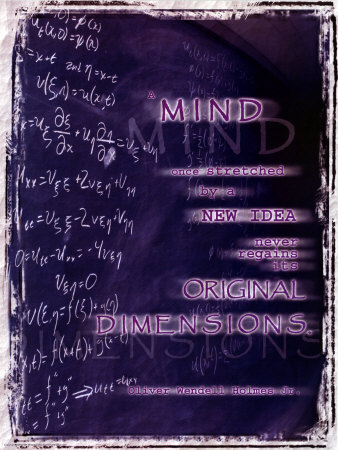Later on, I asked the speaker what he meant by a business plan. As he started to explain, he and I both started to realize that it was not the written copy of the business plan that he was trying to get across as a secret to his success. It was something else, something far subtler, something I had suspected myself but was not quite sure about it yet.
Over the years, through trial and error in my own business and in working with other businesses, I have figured out the truth. The truth is not so earth shattering. It is quite simple. So simple in fact, that if I told you, you would say you already knew it.
Here it is: The secret to business success is not in a written copy of a business plan.
That’s it.
The secret is not in the business plan. It’s in the process of writing the business plan. It’s not in a stack of beautifully bound paper with exciting pictures, graphs and charts. It is in the hearts and minds of the people who wrote it. It’s not in the eloquently laid out arguments, written to convince the reader of the viability of the business. It’s in the expression of our deepest essence, of our hearts and our souls and our minds.
Actually, the important thing is not what people do to the business plan. It’s what the business plan does to the people who wrote it.
Ultimately, the real business plan is written not on a stack of paper but on the psyche of the people behind the business.
Such a business plan is as dynamic as the people who are behind the business. It evolves with the people in the business. It can pass on from person to person. Ultimately, it can outlive those who originally “wrote” it.
Such a business plan is enduring, dynamic and potent.
A successful process of writing a business plan transforms people from mediocre performers to engaged, passionate agents of change.













 Authentic Business: Why Truth is the Best Strategy in Business-Buildingon 05/24/2012
Authentic Business: Why Truth is the Best Strategy in Business-Buildingon 05/24/2012
 Unique Selling Proposition: It Is About Youon 04/10/2012
Unique Selling Proposition: It Is About Youon 04/10/2012
 Unique Selling Proposition: What Makes You Different?on 04/10/2012
Unique Selling Proposition: What Makes You Different?on 04/10/2012
 Unique Selling Proposition: What's In It For Me? (WIIFM)on 04/10/2012
Unique Selling Proposition: What's In It For Me? (WIIFM)on 04/10/2012


Questions? Comments? Please Share them Below
Hi Nelle, Thank you so much for stopping by and sharing your goal. Great points about having goals and then taking actions. I would even take a step back from the goal and ask: "Why is that important?" ("Making $______/m doing what I love to," for example.) That would give you a higher level goal - or a Vision - of which "Writing 100 Wizzles" would become a sub-goal. It would free you up to conjure up other factors of that vision and come up with a few other ways to attain that Vision. The business plan template helps you loosen up thinking around a goal so it becomes emotionally engaging with a broader, inspiring perspective.
I have clearly defined goals and then actions that will get me there. For example one of the the actions is to write 100 retirement-based Wizzles here. I don't know exactly how much money they will generate. But they will make more than if I didn't write them. Then I'll know if I should write more retirement Wizzles, write about another topic, or not write any more Wizzles at all. But I have to take action to find out what to do next.